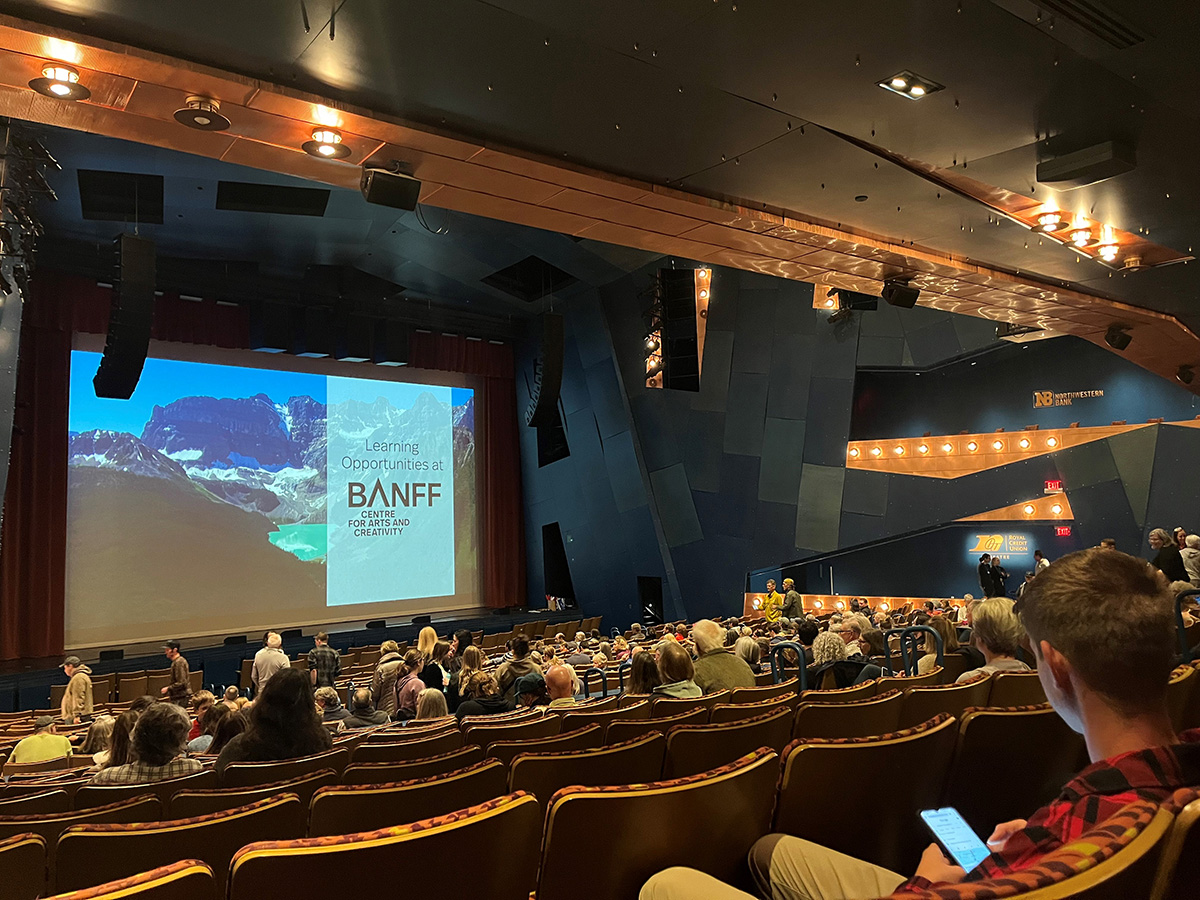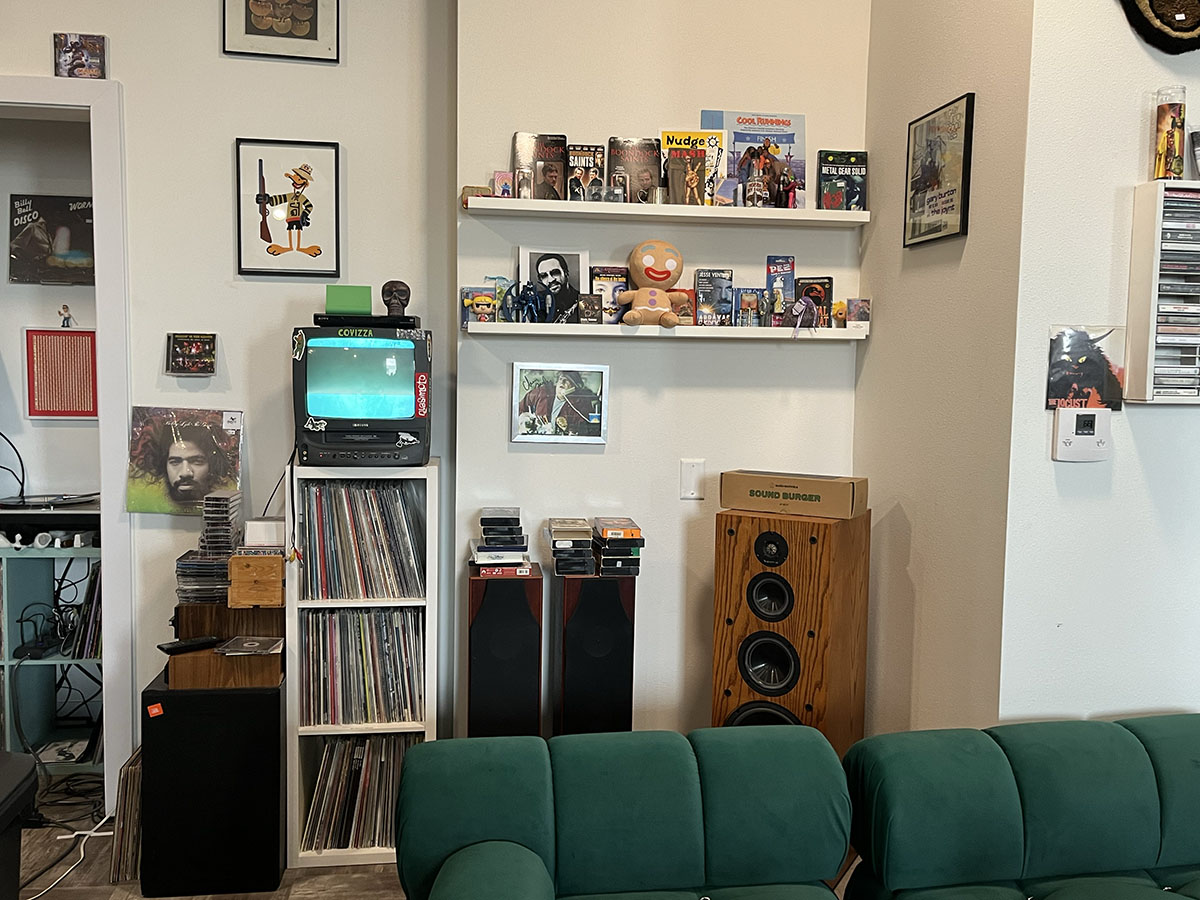Posted at 11:30 p.m. 2/6/10
British author Jasper Fforde scored a comic hit with his first novel, The Eyre Affair, published in 2001. With that book, and the four sequels that followed, Fforde developed a unique voice in the world of crime fiction. After two more novels written in the same vein, Fforde has branched out a bit with Shades of Grey: The Road to High Saffron, though not necessarily in tone.
Shades of Grey introduces an England set about 700 years after a mysterious apocalyptic event, referred to only as the “Something That Happened.” Society is now based on a color caste system, where a citizen’s ability to see a certain color determines their social class; Greys are at the bottom, Purples at the top. In addition to this Colortocracy, Fforde includes a series of so-called “Great Leaps Backward,” which ban different levels of technology, and a rigid set of Rules, one of which leads to a shortage of spoons and a lucrative “beigemarket” in said utensil.
Narrator Eddie Russett is a Red and is well on his way to a life of leisure. A wrench is thrown in the works, however, when he is sent to outlying town East Carmine for suggesting a more efficient queuing system; according to the Colortocracy, he needs a sound lesson in humility. His forced vacation leads to a forbidden love interest in Jane, a rebellious Grey, and revelations about the established society that no one ever thought to question.
All of the plot twists and details take 300-plus pages to unfold. In Fforde’s trademark metahumor, the length of the book is itself a joke, since Eddie is recounting his story from the bowels of a carnivorous tree. Fforde’s use of comedy is a boon to Shades of Grey, especially when the novel becomes too bogged down in his descriptions of rules and regulations, enriching though they may be. And with enough unsolved mysteries (fading natural color, apocryphal men people pretend not to see, whether univisual color looks the same to everyone, etc.) to fill several sequels, Fforde leaves you yearning for answers and marveling at the imagination that could create such a rich and expansive universe.






